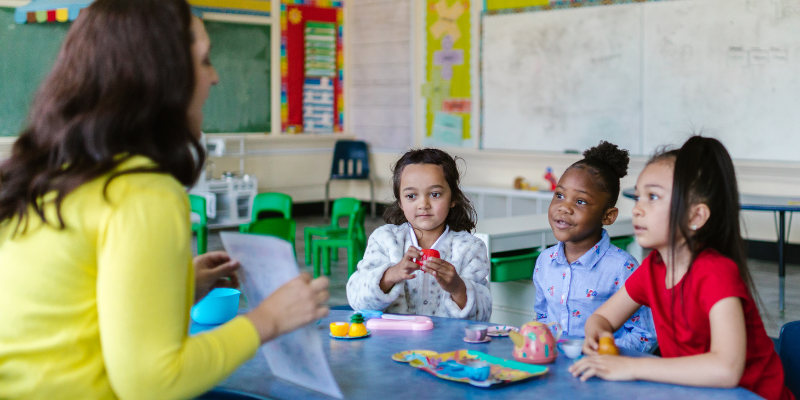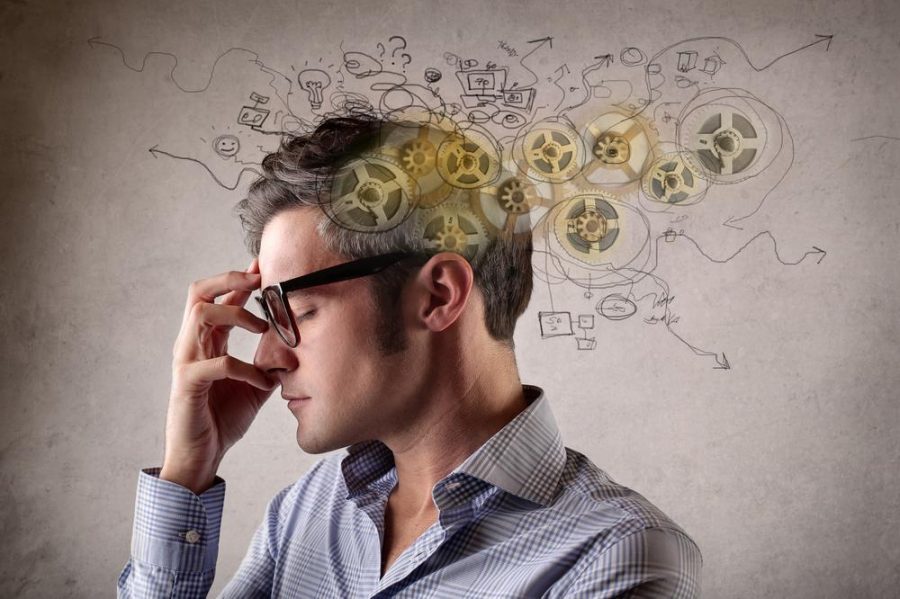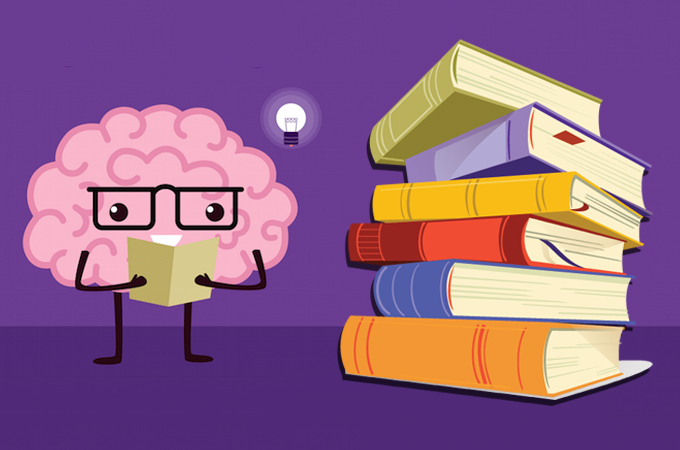Understanding Recognition Memory and Its Importance in Learning
Let’s learn about Recognition Memory. Memory is a vital aspect of learning and a key factor in academic success. Memory helps us retain information, knowledge, and experiences, and recall them when needed. Recognition memory, in particular, plays a critical role in the learning process. In this article, we will explore what recognition memory is, how it works, and why it matters for learning.

What is Recognition Memory?
Recognition memory is the ability to recognize and remember previously encountered stimuli, such as faces, objects, and events. It is a type of declarative memory, which is the conscious recollection of facts and events. Recognition memory is often contrasted with recall memory, which involves retrieving information from memory without any cues or prompts.
Recognition memory involves two main processes: encoding and retrieval. During encoding, information is initially processed and stored in memory. During retrieval, the stored information is retrieved and used to recognize previously encountered stimuli.
How Does Recognition Memory Work?
Recognition memory is a complex process that involves various brain regions and neural pathways. One of the key brain regions involved in recognition memory is the hippocampus, which is responsible for encoding and retrieval of memories. The hippocampus is also involved in spatial memory, navigation, and learning.
Recognition memory is also influenced by other brain regions, such as the prefrontal cortex, amygdala, and parahippocampal cortex. The prefrontal cortex plays a crucial role in working memory and executive functions, which are important for maintaining and manipulating information in the short-term memory. The amygdala is involved in emotional processing and modulates the strength of memories based on their emotional significance. The parahippocampal cortex is involved in processing spatial information and context, which can facilitate recognition memory.
Why Recognition Memory Matters for Learning?
Recognition memory is essential for learning and academic success. Here are some reasons why recognition memory matters for learning:
-
Retention of Information
Recognition memory helps students retain information and recall it when needed. When students encounter new information, they can use recognition memory to recognize and remember it later. For example, when learning new vocabulary words, students can use recognition memory to recognize the words in different contexts and remember their meanings.
-
Application of Knowledge
Recognition memory also helps students apply their knowledge to new situations. When students encounter new problems or tasks, they can use recognition memory to apply their previous knowledge and skills to solve the problems or complete the tasks. For example, when solving math problems, students can use recognition memory to recognize the underlying concepts and apply them to solve new problems.
-
Critical Thinking
Recognition memory also plays a crucial role in critical thinking and problem-solving. When students encounter new information or problems, they can use recognition memory to compare and contrast it with their previous knowledge and experiences. This process can help students identify patterns, make connections, and draw conclusions.
-
Academic Achievement
Recognition memory is a key factor in academic achievement. Students who have strong recognition memory skills are more likely to succeed in school and perform better on tests and exams. Recognition memory can also help students develop better study skills and strategies, such as repetition, elaboration, and association.
The Role of Recognition Memory in Learning

Recognition memory plays a crucial role in the learning process. When we encounter new information, our brain processes and stores it in memory. The more we encounter the same information, the more likely we are to recognize it and recall it from memory. This process is essential for learning, as it allows us to build on our existing knowledge and understanding of a subject.
Recognition memory is particularly important in academic settings, where students are required to learn large amounts of new information. For example, when learning a new language, students must learn and remember new vocabulary words. Recognition memory allows them to recognize and recall previously encountered words, making it easier to learn and use new vocabulary in context.
What Is An Example Of Recognition Memory?
Recognition memory is the ability to recognize and remember previously encountered stimuli. Some examples of recognition memory include:
- Recognizing the face of a familiar friend or family member
- Remembering the name of a book you’ve read before
- Identifying a song you’ve heard before by its melody or lyrics
- Recognizing a particular brand or logo
- Recalling the taste of a food you’ve eaten before
What Is Recognition Memory vs Recall Memory?
What Are the Types Of Recognition Memory?
Recognition memory can be categorized into different types based on the type of stimuli being recognized. Here are some of the most common types of recognition memory:
- Object recognition memory: the ability to recognize previously encountered objects based on their visual features, such as shape, color, and texture.
- Face recognition memory: the ability to recognize previously encountered faces based on their unique features, such as facial expressions, features, and characteristics.
- Word recognition memory: the ability to recognize previously encountered words based on their visual or auditory features.
- Sound recognition memory: the ability to recognize previously encountered sounds, such as music or voices, based on their auditory features.
- Spatial recognition memory: the ability to recognize and remember previously encountered locations or environments, such as a room or a cityscape.
Each type of recognition memory relies on different neural mechanisms and cognitive processes, but they all share the same fundamental ability to identify and remember previously learned information.
Frequently Asked Questions
Q: What is recognition memory?
A: Recognition memory is the ability to recognize and remember previously encountered stimuli, such as objects, faces, words, and sounds. It is a form of declarative memory that allows us to retrieve information about previously learned concepts, events, and experiences.
Q: How is recognition memory different from other types of memory?
A: Recognition memory is a type of declarative memory, which means it involves conscious awareness and recall of previously learned information. In contrast, other types of memory, such as procedural memory, involve learning and remembering how to perform specific tasks or skills without conscious awareness or deliberate effort.
Q: Can recognition memory be improved?
A: Yes, recognition memory can be improved through various techniques and strategies, such as spaced repetition, active retrieval practice, and using mnemonic devices. These techniques can help strengthen connections between neurons in the brain and improve the encoding and retrieval of information.
Q: Why is recognition memory important for learning?
A: Recognition memory is important for learning because it allows us to retrieve and apply previously learned information, which is essential for building upon existing knowledge and skills. Without recognition memory, we would have difficulty identifying and recalling familiar concepts and information, hindering our ability to learn and retain new information.
Conclusion
Recognition memory plays an important role in learning and is essential for retaining information over time. It allows us to identify previously encountered stimuli and retrieve related information from memory. As we have seen, recognition memory is a complex cognitive process that involves multiple brain regions and neurotransmitters. Understanding how recognition memory works can help educators and learners create effective strategies for improving memory and learning outcomes.
There are several practical implications of recognition memory research for education. Teachers can use various techniques to enhance students’ recognition memory, such as providing multiple examples of a concept, using spaced repetition, and incorporating active retrieval practice. Additionally, students can develop their own recognition memory by engaging in activities that require them to identify and categorize information.
Recognition memory is also relevant in the workplace, where it can impact job performance and productivity. For example, employees who have good recognition memory can quickly recognize patterns in data and make informed decisions based on previous experiences.
Overall, recognition memory matters for learning because it is an essential component of memory that allows us to retrieve and apply previously learned information. By understanding how recognition memory works and how to improve it, we can enhance our learning outcomes and achieve greater success in education and beyond.



